Grassy weeds are one of the biggest nuisances that homeowners face. They seemingly pop up out of nowhere, spread rapidly, and can be difficult to control.
Your first inclination is likely to wonder what it is. In fact, at Oasis, we often have homeowners ask us, “What is this weird grass in my lawn?”
Oftentimes, they assume it must be crabgrass. But there are actually quite a few other unwanted grasses that it could be—some are controllable, but the vast majority are sadly not.
If you have unwanted grasses in your yard and are wondering what to do, you aren’t alone. That’s why we’ve rounded up some helpful tips on what can be done.
Identifying Grass in My Yard
If you have a strange grass growing in the lawn, then identification is the first step. That’s because proper identification will impact how you can best control that weed.
To help set realistic expectations (it is always our priority to be completely transparent with you), we’ll group them into two categories: Controllable and Uncontrollable.
Controllable Grassy Weeds
When it comes to common grassy weeds in Cincinnati, Dayton, OH, and Northern Kentucky, there are two that we see most often:
1. Crabgrass
Let’s start with the most well-known of the grass weeds, crabgrass. This grassy weed is both aggressive and difficult to control and grows in unsightly clumps, spreading to take over large areas of lawns. Crabgrass tends to pop up in thinned out areas of the lawn and is known to sneak into areas of the lawn that have been scalped by a trimmer.
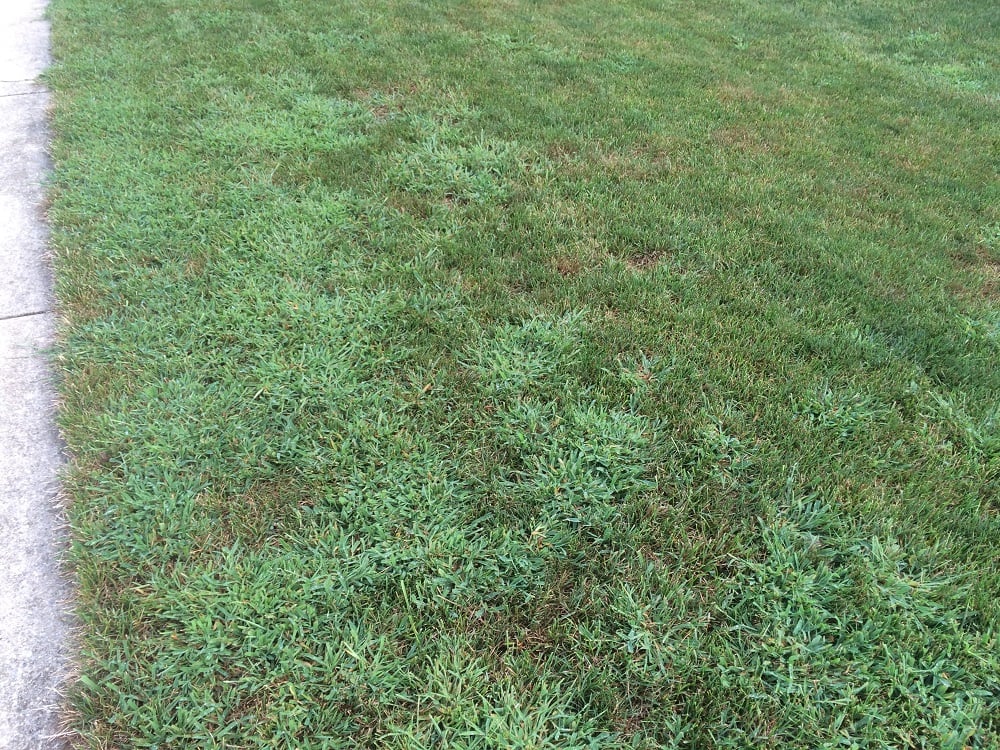
Crabgrass is the weed that often takes the blame for all grassy weeds. By default, many homeowners automatically assume a grassy weed they find in their lawn is surely crabgrass. To be fair, oftentimes other weeds do closely resemble crabgrass.
At Oasis, we take a proactive approach to crabgrass by applying two applications of crabgrass pre-emergent in the early spring. This prevents 80 to 85 percent of it from growing in the first place. We then take care of any breakthrough with crabgrass post-emergent control products by spot spraying small plants that appear in trouble spots, throughout the summer.
2. Nutsedge
The other common weed in our region which can be controlled (though not easily controlled) is nutsedge. This pesky perennial tends to prefer moist areas of your lawn and can grow rapidly in warm weather.
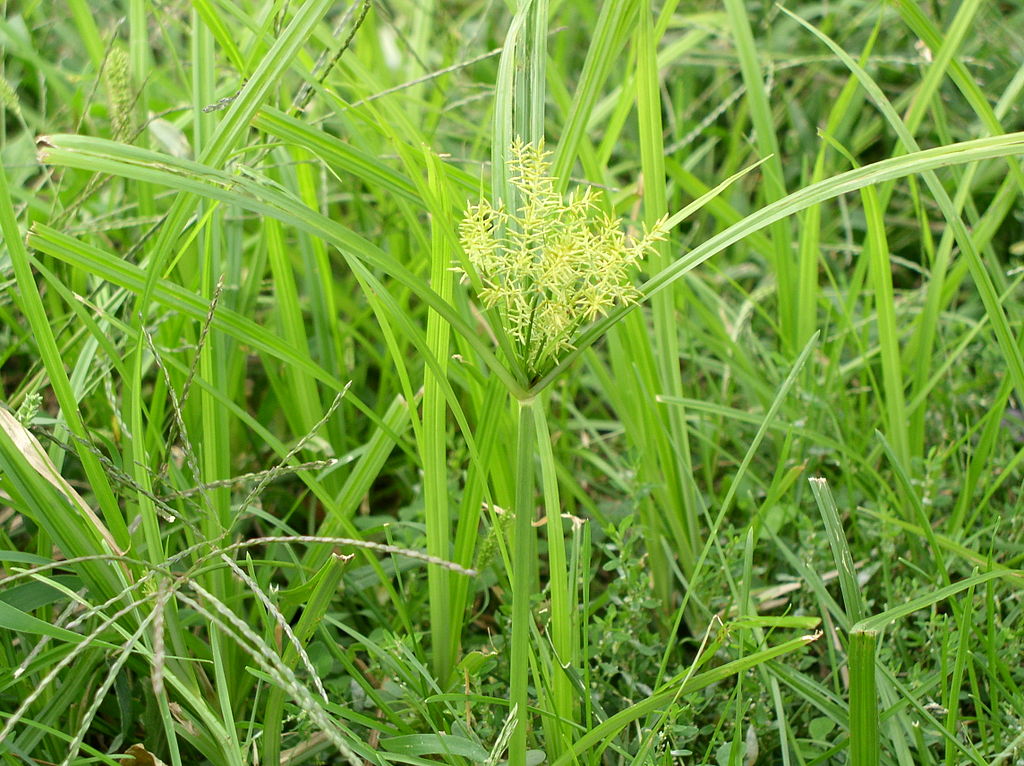
Nutsedge (sometimes called nutgrass) reproduces via underground tubers, often referred to at “nutlets,” hence its name. Though it appears to be a “grassy weed,” it’s actually in the sedge family. It can be easily identified by its bright green color.
Nutsedge requires specialty control products that are specifically targeted to attack it. Because it’s an aggressive grower (growing as much as 5 times faster than your lawn), it often requires repeated control to keep it at bay. It will come back year after year.
Uncontrollable Grassy Weeds
Though we certainly wish it weren’t the case, there are a lot more uncontrollable grassy weeds than there are controllable ones. Anyone who tells you differently isn’t giving you an honest rundown. Fortunately, many of these grassy weeds do not stick out quite as badly as nutsedge and crabgrass do—and some will just die off on their own.
Let’s take a look at some of the uncontrollable grassy weeds in our region.
3. Annual Bluegrass
Bluegrass tends to be bright green and is an annual so it grows and produces seed heads, meaning you might see it all over.
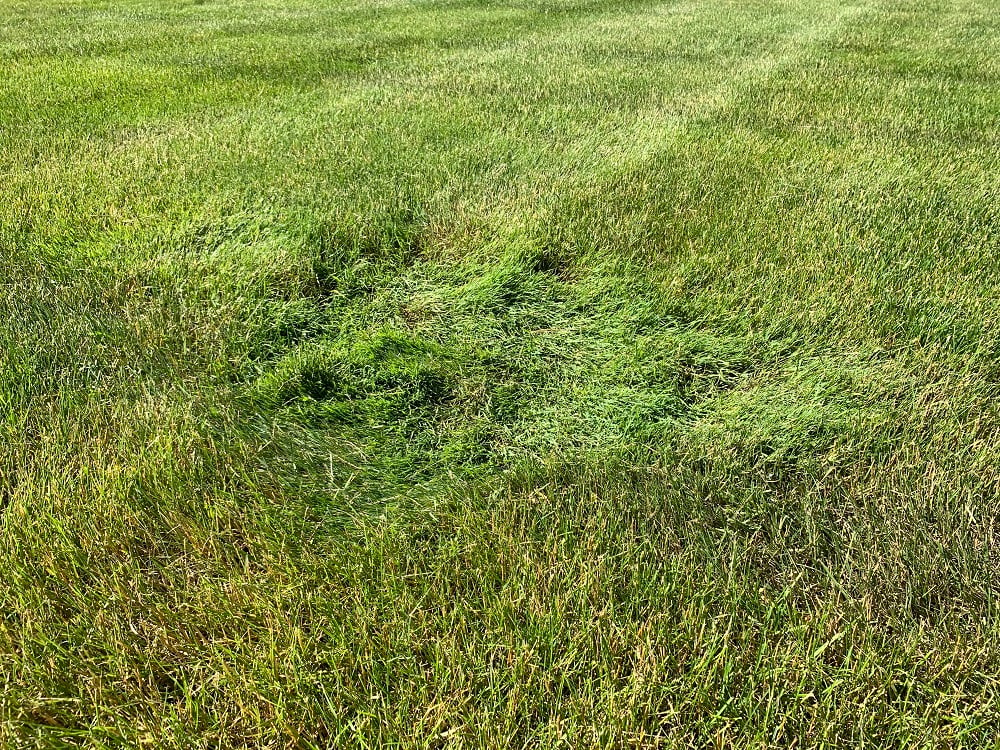
As it dies off, some people think that their lawn is dying when in reality it was just the unwanted annual bluegrass at the end of its lifecycle. While it’s not controllable, it does have a short life cycle. When you notice sections dying off, we recommend overseeding to fill in those areas.
4. Nimblewill
This non-native perennial is a bit more troublesome because of its invasive nature. Unfortunately, this weed is completely uncontrollable and can only really be dealt with by digging it out (or applying a nonselective herbicide) and reseeding in the fall.
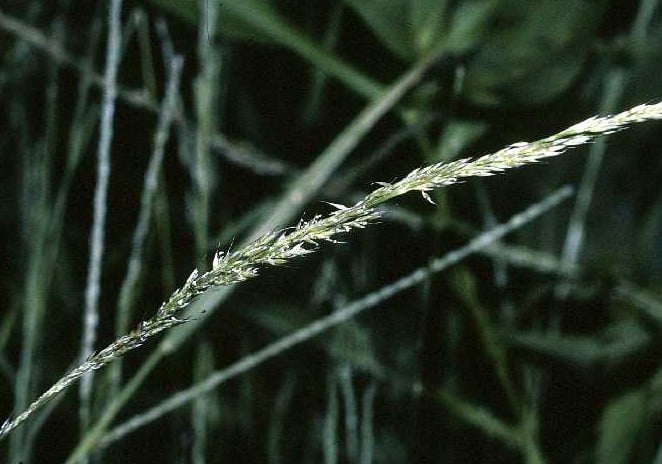
We have noticed that the longer you wait to address nimblewill, the worse it gets, so it’s best to deal with it swiftly.
5. Zoysia Grass
Occasionally Zoysia is planted purposely as a chosen grass type. But when it creeps into your lawn unwantedly, it can be difficult to get rid of. Again, you’ll either need to dig it up or apply a nonselective herbicide.
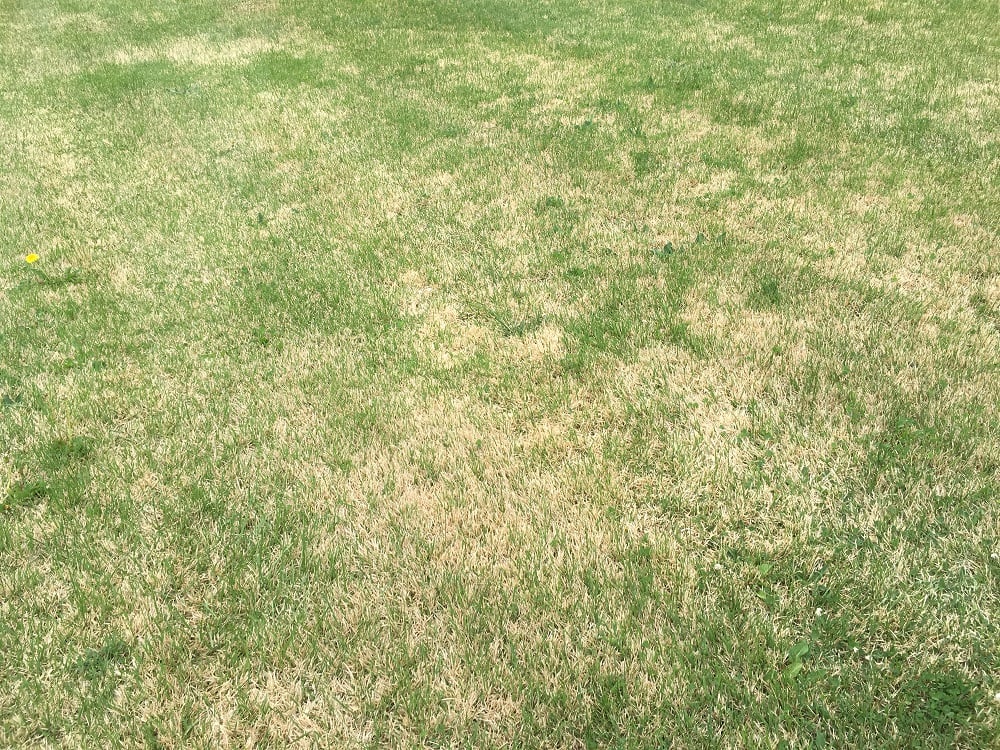
Take note that when applying a nonselective herbicide (which is also going to kill desired grass in that area), you need to apply it several times when your unwanted grass is actively growing (summer) in order to have the most impact. Then, you’ll need to seed in the fall.
6. Creeping Bentgrass
We’re seeing more and more creeping bentgrass invade lawns in our area and we have a good suspicion as to why.
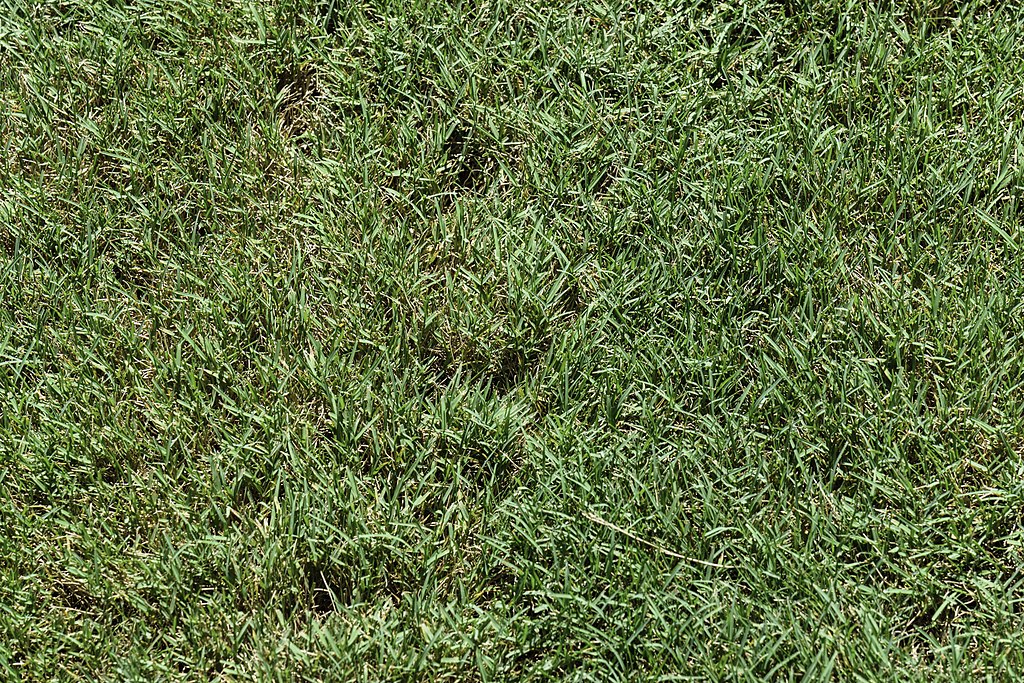
Creeping bentgrass is a grass type commonly used on golf courses. If you golf, you might actually be taking those seeds back to your own lawn by way of your shoes! This can be avoided by not walking on your lawn with your golf shoes.
Dealing with Strange Grass Growing in the Lawn
Of course, there are many other unwanted grassy weeds but the list above at least gives you some sense of what’s out there. No matter what the grassy weed, it will always be our recommendation to follow through on aeration and overseeding each fall to promote a thick and healthy lawn.
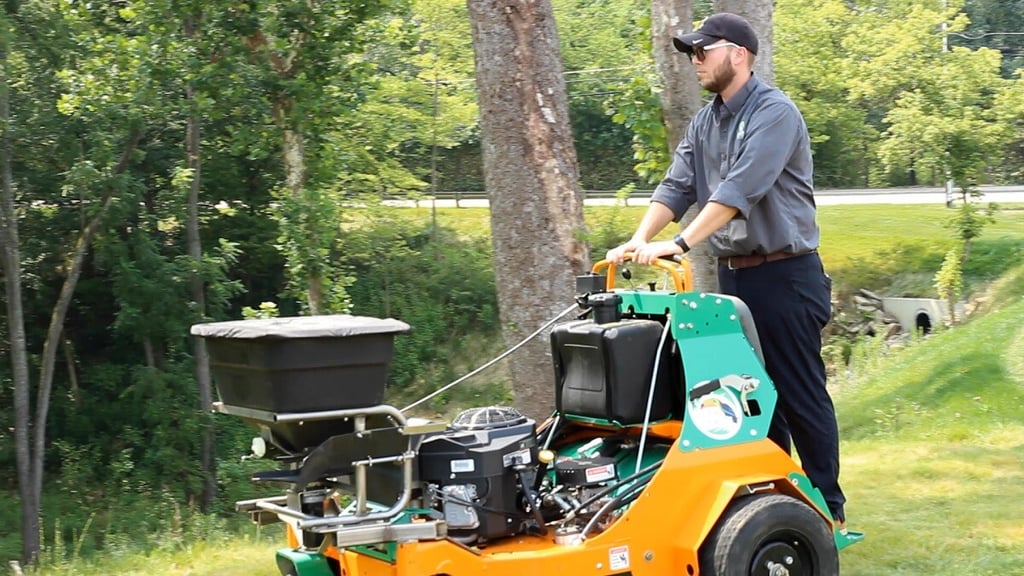
Not only will seeding help to fill in the bare spots that may need to be created in order to tear out unwanted grasses, but you’re also strengthening your lawn’s natural defense mechanism by thickening it up. A thick healthy lawn with desired turfgrass is going to start naturally choking out those unwanted grass types.
Of course, sometimes this can take a few years. If you have a lawn that is filled with unwanted grass types, you can’t expect a single season of aeration and overseeding to completely transform your lawn. But you’ll notice, over time, that as the healthy and desired grass fills in and continues to thicken up, that your lawn will increasingly become more uniform in color and appearance as those unwanted weeds get choked out.
Choosing Oasis to Address Unwanted Grassy Weeds
At Oasis Turf & Tree, we take weed control seriously. That includes specialty products for those tough-to-control weed varieties, such as crabgrass and nutsedge, that many of our customers are faced with.
 But we’re not going to mislead you by saying that we can get rid of every single weed, particularly uncontrollable grassy weeds. Sometimes our strategy may be long-term.
But we’re not going to mislead you by saying that we can get rid of every single weed, particularly uncontrollable grassy weeds. Sometimes our strategy may be long-term.
There are plenty of lawn care companies in Cincinnati, Datyon, OH, and Northern Kentucky that may give you false hope or mislead you by making unsubstantiated claims about weed control.
But we find that most of our customers appreciate the truth (even when it’s difficult) and that’s what you can always count on us giving you. Sometimes that even means referring clients to a landscaper for a lawn renovation service. If your lawn needs to be completely restarted from scratch, we might suggest a specialized lawn renovation company to handle those needs for you.
In the end, it comes down to the fact that we always have our customers’ best interests at heart. We want to help get you on the road to the best lawn, no matter what path that takes us.
Want to learn more about professional lawn care services for your Cincinnati, Dayton, Ohio, or Northern Kentucky home? Request your quote, choose the lawn care program that’s right for you, and then sit back and relax as the pros help you get the lawn of your dreams!
Image Sources: nutsedge, nimblewill, bentgrass,

